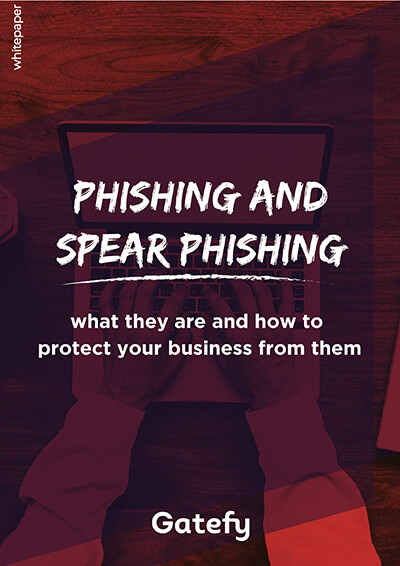Why we call junk email "spam"

Junk email and any other unsolicited messages are called spam because of a British comedy group known as Monty Python and a canned ham from Hormel Foods called “SPAM”.
The term started to be widely used as a synonym for unwanted messages after the Pythons created a video scene in the 1970s, in which “spam” was repeated extensively inside a cafe.
Table of Contents

A menu full of SPAM
In the scene, a man and a woman enter a restaurant and ask about the menu. The waitress’ response is a flood of spam. “Well, there is egg and bacon. Egg, sausage and bacon. Egg and SPAM. Egg, bacon and SPAM. Egg, bacon, sausage and SPAM. SPAM, bacon, sausage and SPAM… ”.
Slowly almost the entire menu is converted to SPAM. Then, the client says she doesn’t like SPAM and asks if there are other options on the menu. The question ends up irritating the waitress, and a brief discussion begins.
The funniest part of the story is that a group of Vikings, who are already sitting in the restaurant, interrupts the conversation and sings a song that praises spam. “SPAM, SPAM, SPAM, SPAM. Delicious SPAM! Wonderful SPAM!”
The irritated waitress’s response is: “Shut up! Shut up!” And that is how the word “spam” was eternalized as a synonym for something repetitive, irritating and unwanted.
Internet spam
Researcher Brad Templeton investigated the origin of the term spam. He explains that the popularization of the word on the internet happened in the 1980s and has to do with the virtual worlds of multiplayer, also known as MUDs, such as, for example, The Sims and Minecraft.
At that time, in general, the term spam was used to describe the use of robots to create many objects, to flood machines with data, or to flood a chat session with text.
From then on, the word spam expanded in the digital world to different areas and started to be used more frequently.
Today we already use spam to talk about unsolicited and unwanted emails, calls and text messages. In addition, we have even created different categories and types of spam.
In the case of email spam, for example, we can talk about ad spam, chain spam, spoofing spam, miracle offer spam, and pornography spam.
Despite the comic origin, when we are talking about the internet and digital security, the word spam has a very negative connotation. Spam is a risk factor for people and companies, being used by cybercriminals as a tool for the spread of fraud and scams.
Spam in the can
We could not finish this text without talking a little more about Hormel Foods.
SPAM® is a registered trademark and is an abbreviation for spiced ham, from the English: “spiced ham”.
Obviously, the company was not satisfied with using the term spam in a negative way, to show something bad. In fact, even lawsuits have taken place because of this.
But the fact is that, over time, the company was smart and knew how to use the term to do positive marketing, as shown on the brand’s website:
“When the first SPAM® came off the production line in 1937, the world changed forever. This revolutionary new product has captured the hearts of soldiers, world leaders, celebrities, chefs, children and parents. Gracie Allen, Dwight Eisenhower, Margaret Thatcher and Monty Python, all sang praises for the SPAM® product. And future generations continue to appreciate it as a versatile, high-quality dish with great flavor. The whole world cannot get enough of the iconic flavor and creativity of an effortless meal contained in this small blue can ”.
Anti-spam for your company's email protection
Since the subject is spam, we also need to indicate a way to block them.
Here at Gatefy, we develop artificial intelligence for email security, fighting spam and other types of threats.
Gatefy Email Security is a solution that protects your company against different types of email threats, such as spam, phishing, ransomware, viruses, BEC (Business Email Compromise), and social engineering.
Gatefy Anti-Fraud Protection is a DMARC-based solution that protects your company’s domain. It prevents criminals from using your name and brand in spam, phishing, and BEC scams, for example. In addition, the solution also improves the delivery capacity of your emails, as in cases of email marketing, for example.
Would you like to know more? Contact us.




